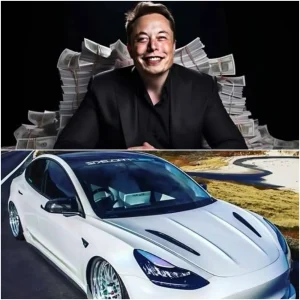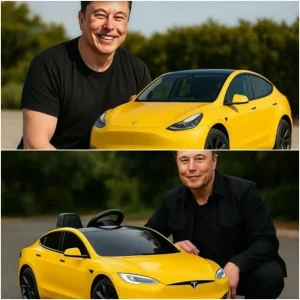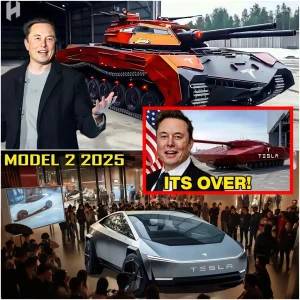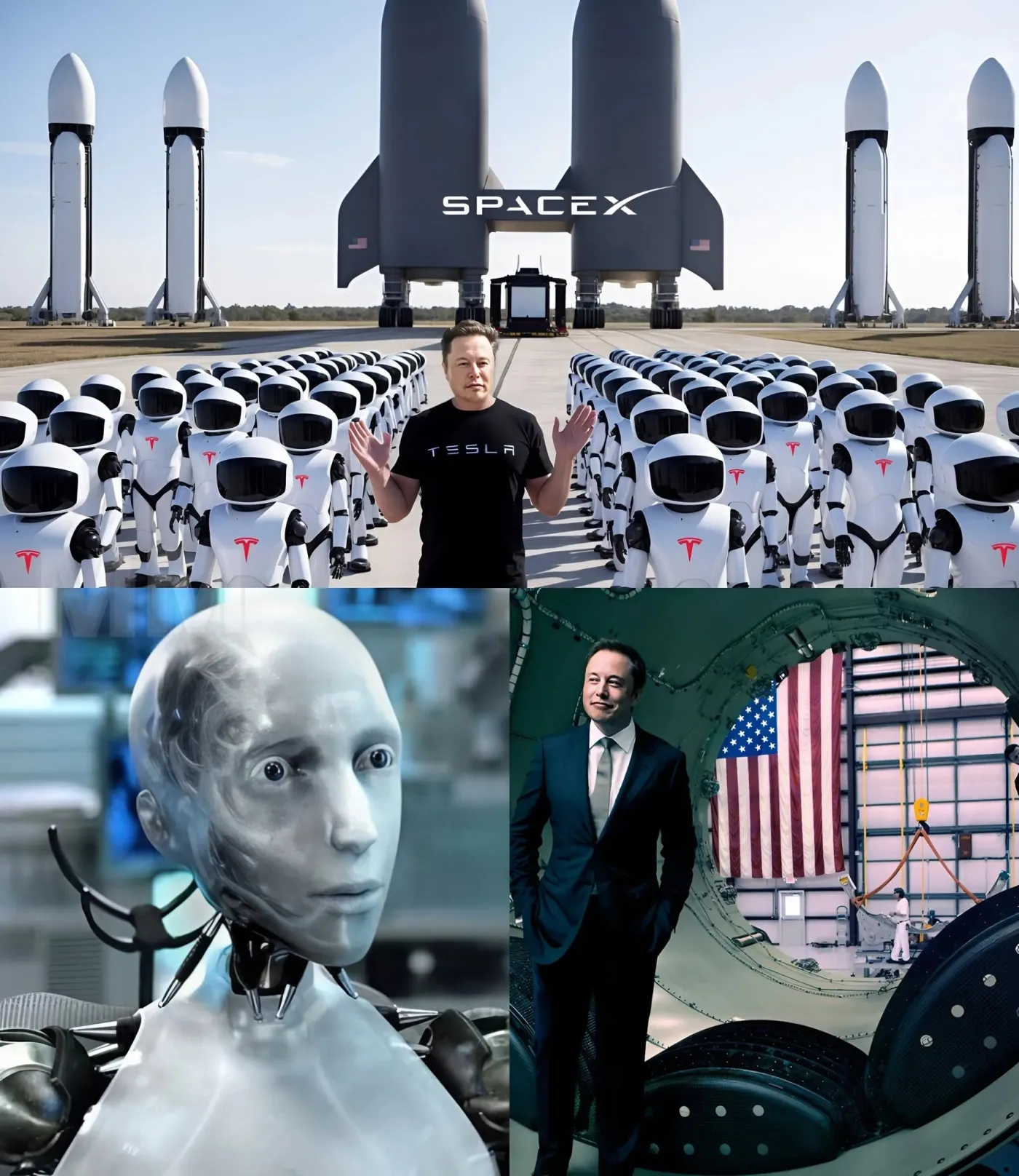
In a groundbreaking move that has captured the imagination of the world, Elon Musk has announced that Tesla is sending 1,000 of its latest robots to Mars in a bold attempt to establish the first human-independent colony on the Red Planet. This unprecedented mission represents a major leap in Musk’s ambitious vision for humanity’s future and sets the stage for the next frontier of space exploration.
Musk, who has long championed the colonization of Mars through his space exploration company, SpaceX, has now turned to Tesla’s cutting-edge robotics technology to make this dream a reality. The robots, designed by Tesla’s robotics division, are engineered to carry out a wide range of tasks essential for the success of the Mars colony, from constructing habitats to performing maintenance work and even managing resources.
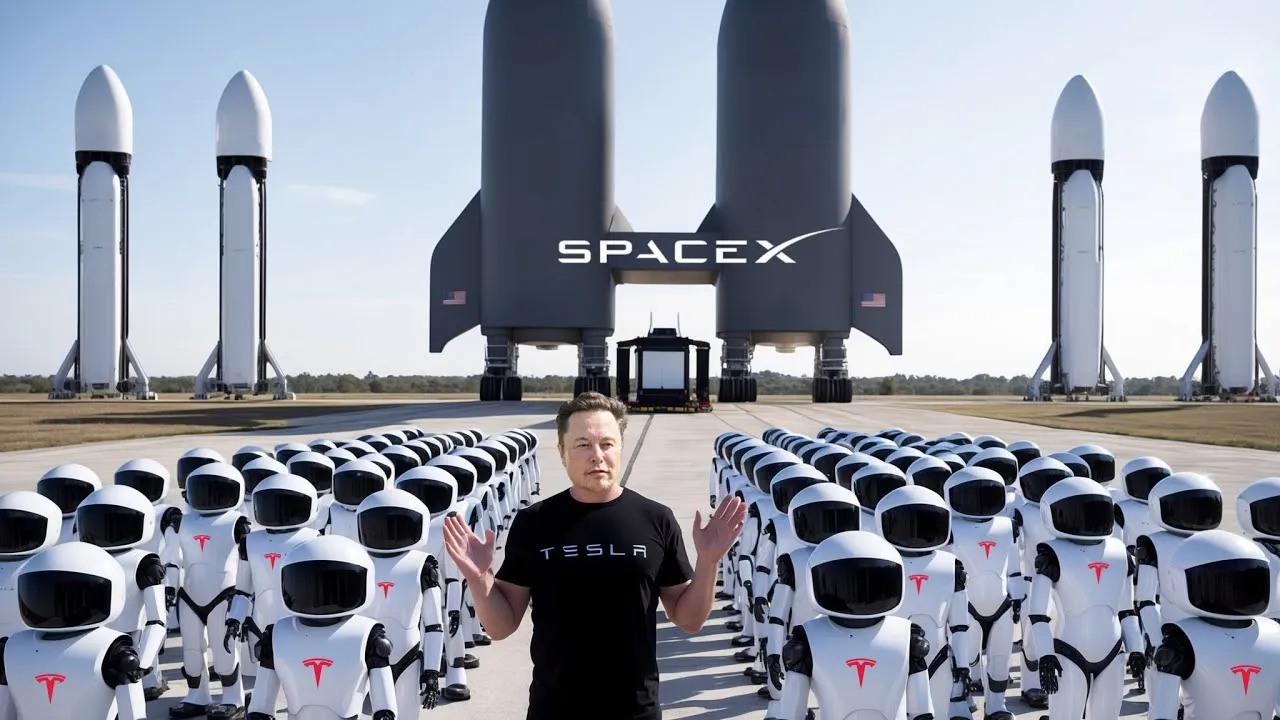
The Tesla robots are powered by advanced artificial intelligence (AI) and built with durability in mind, ensuring they can withstand the harsh Martian environment. Their autonomous capabilities mean that they can operate independently, allowing them to perform their duties without requiring constant human supervision or intervention. These robots will be tasked with constructing the initial infrastructure for the colony, including habitats, energy systems, and food production facilities, all of which are crucial to supporting human life on Mars in the future.
Elon Musk’s long-term goal has always been to make humanity a multi-planetary species, with Mars serving as a backup for Earth in case of catastrophic events. The announcement of the 1,000 Tesla robots marks a significant step toward that goal, demonstrating Musk’s commitment to creating a sustainable presence on Mars. The robots will be equipped with solar-powered energy systems, ensuring that they can work indefinitely in the absence of traditional power sources.
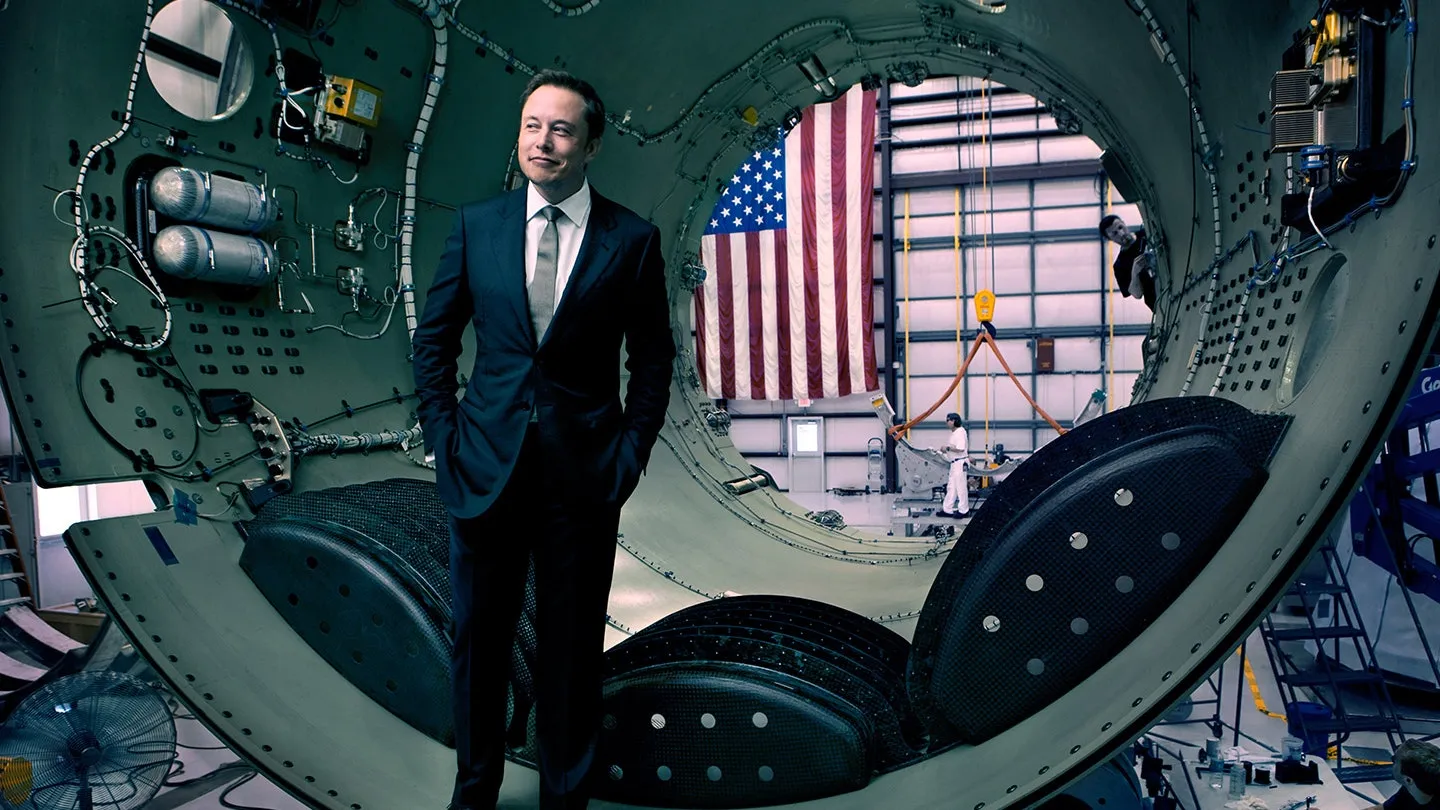
In addition to their construction roles, the Tesla robots will also assist with resource gathering on Mars. This includes mining for essential minerals, producing oxygen and water from the planet’s resources, and even establishing food production systems. These robots are designed to perform tasks with high efficiency, allowing them to maximize the use of available resources while minimizing waste.
By relying on autonomous robots to build the initial infrastructure, Musk hopes to create a self-sustaining ecosystem on Mars that requires minimal human intervention in its early stages. This approach is crucial for long-term colonization, as it minimizes the risks associated with sending humans to Mars before the colony is adequately prepared.
The launch of 1,000 Tesla robots to Mars is a bold and visionary step that could redefine the future of space exploration. While robots have been used in space missions before, the sheer scale of this undertaking is unprecedented. It highlights the potential of robotics and AI to transform how we approach the challenges of colonizing other planets.
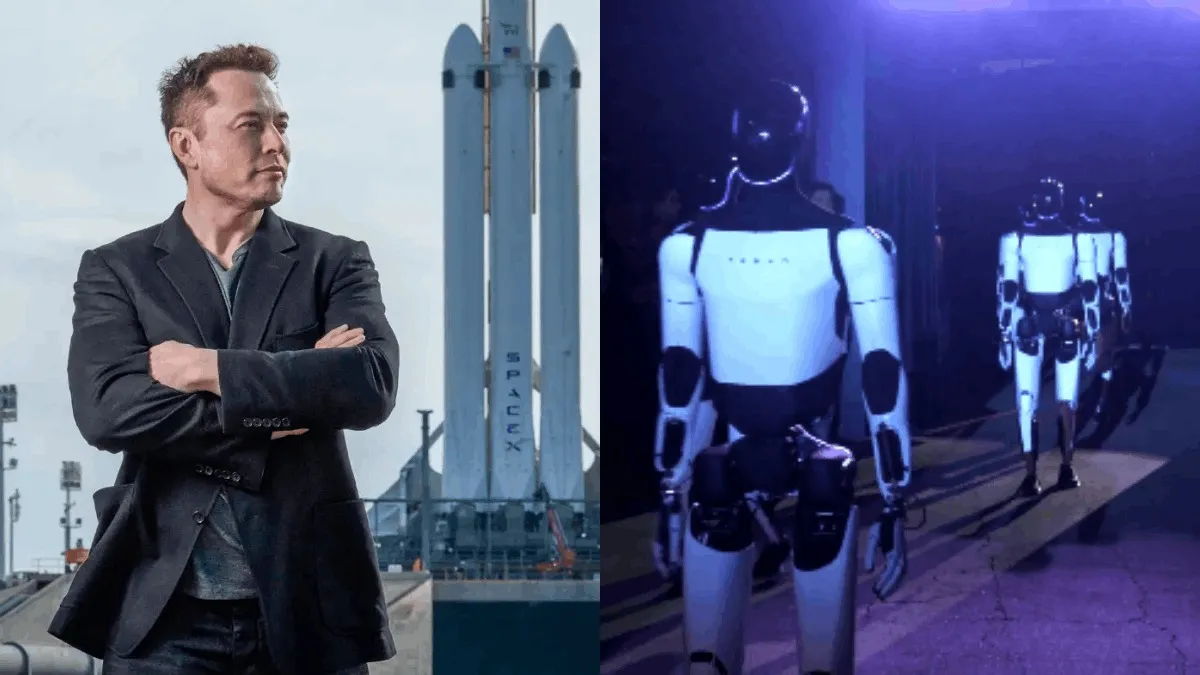
Musk’s decision to send robots instead of humans initially reflects a calculated approach to the dangers of Martian exploration. Mars is a hostile environment, with extreme temperatures, radiation exposure, and unpredictable weather conditions. Sending robots first provides an opportunity to test and refine technology while minimizing the risk to human life. It also allows the team to gather invaluable data about the Martian surface and atmosphere, paving the way for future human missions.
The mission also underscores Musk’s belief in the power of technology to solve some of humanity’s most pressing challenges. By using Tesla’s cutting-edge robotics technology, he aims to demonstrate that sustainable living on Mars is not only possible but achievable. This could be the beginning of a new era in space exploration, where robots play a central role in the colonization of other planets.
The announcement of the Tesla robot mission to Mars is not just a significant milestone for Elon Musk or Tesla; it is a milestone for humanity. If successful, this mission could lay the groundwork for a future where human civilization extends beyond Earth and becomes a multi-planetary species. It could provide the tools necessary to create thriving colonies on Mars, making the dream of living on another planet a reality.
In the coming months, as the robots prepare for launch and begin their journey to Mars, the world will be watching closely. With Musk at the helm, the dream of colonizing Mars may no longer be a distant fantasy but a tangible and achievable goal. This bold mission represents the beginning of a new chapter in human history, one where space exploration and innovation open up a future full of limitless possibilities.
